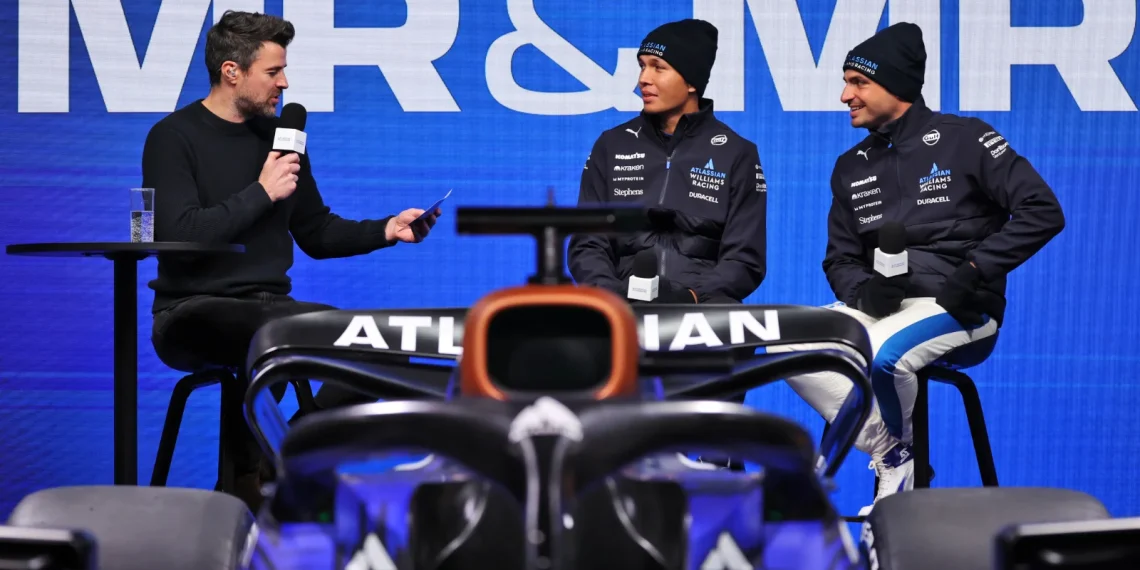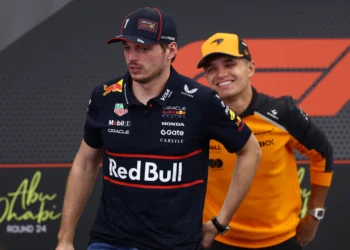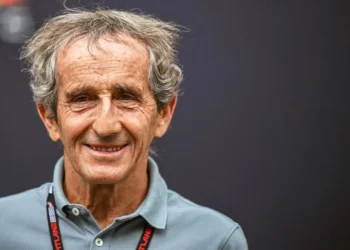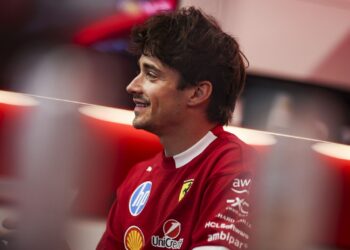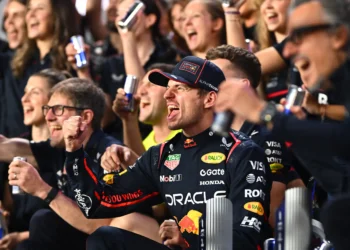For Carlos Sainz, his move to Williams marks an entirely different challenge. After being cast aside by Ferrari in favor of Lewis Hamilton, the Spaniard has landed in an environment where he must transition from race winner to team builder.
Williams might not be fighting for podiums today, but for Sainz, the idea of stagnation in 2025 is unacceptable.
“I think it’s important to keep seeing progress,” Sainz stated. “I don’t think ’25 is a year to stall any progress just to focus on ’26. I think we all want to see progress in many areas.”
While he agrees with Vowles’ long-term vision, Sainz is adamant that 2025 must be a year of forward momentum—not just preparation.
“At the same time, I can confirm a lot of our efforts this year are going to be, especially when we go back to base in Grove, very centered on ’26,” Sainz admitted. “But that doesn’t mean every race we go to this year isn’t super important.”
In other words, Williams cannot afford to simply “show up” in 2025. The team needs to fight for every possible position, refine their execution, and establish a strong foundation—otherwise, 2026 could be yet another false dawn.
Vowles’ Balancing Act: The Long Game vs. Present Performance
James Vowles has a vision: Williams isn’t just rebuilding—it’s reinventing itself. The team is undergoing a structural transformation, adding new personnel, upgrading infrastructure, and laying the groundwork for a competitive future.
But even with the 2026 regulation overhaul in sight, there’s a delicate balancing act at play.
“We’re moving into a new site,” Vowles recently revealed. “We’re bringing in what will be a benchmark driver-in-the-loop simulator. We’re investing in long-term technology that won’t come online until 2027.”
These investments suggest that Williams is thinking beyond just the next regulation change—it’s building a sustainable future.
However, if 2025 becomes a complete afterthought, it could set the team back by eroding competitive momentum and missing crucial learning opportunities.
This is where Sainz and Albon’s voices become critical.
If Williams ignores 2025 entirely, they risk losing valuable insight into how to execute a strong development program, sharpen race strategies, and establish a winning culture.
Their drivers aren’t just there to fill the seats—they’re pushing to make sure Williams doesn’t sleepwalk through 2025.
Can Williams Find the Perfect Balance?
The road to F1 glory is long and brutal—and Williams is at the base of the mountain.
With Sainz and Albon demanding forward motion, 2025 can’t be seen as a “lame-duck” season. It must be a proving ground—a season where Williams learns, grows, and builds towards becoming a genuine force once again.
Can they strike the right balance between development and competitiveness?
If Sainz and Albon have their way, they won’t just be passengers on Williams’ journey to the top—they’ll be the driving force.

